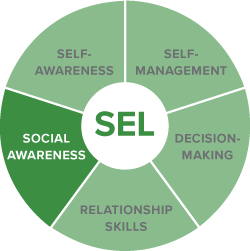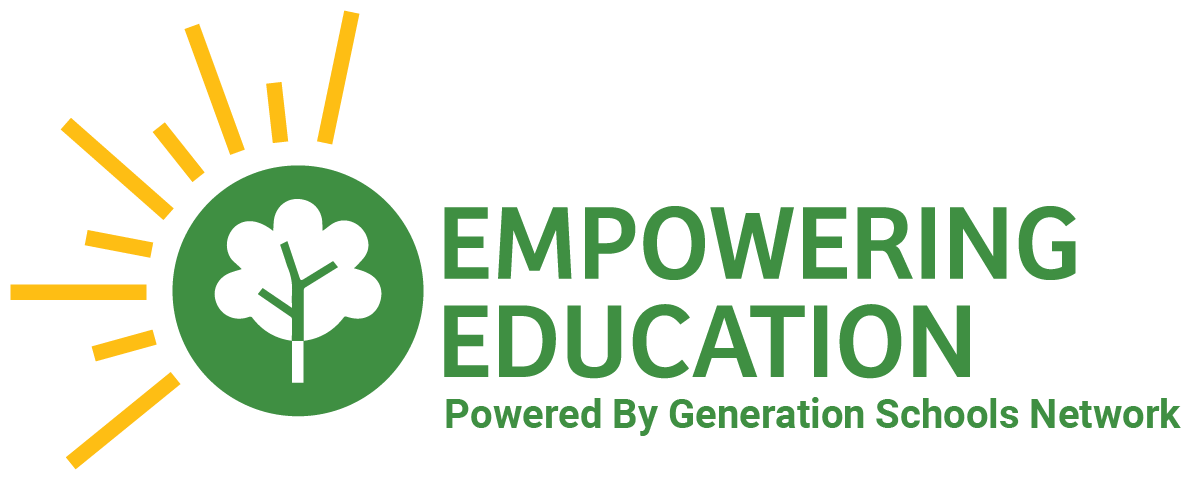Locked Content
Unlock this lesson plan by becoming a paid member. Existing members, please log in.
Students will learn the difference between fairness and equality.
By the end of the lessons, students will be able to:
- Understand the meaning of “fair” and of “equal”
- Understanding that fair does not mean it will always be equal
A common refrain in school classrooms is, “That’s not fair!” Whether over sharing materials, games at recess, or time spent with a teacher, students’ attachment to fairness can present a significant obstacle when classroom teachers are not equipped to coach students through the nuances of fairness and equality. This week’s lesson will help students understand that fair is not always equal.
We start with a mindful moment in which students learn a movement and breath technique to help calm down. Students then stand in a circle around the recycling bin and throw a crumpled up piece of paper into the bin; then some students move back and some move closer, and again throw the crumpled ball into the bin, demonstrating fair vs. equal. After “fair” and “equal” are defined, you read a Munchy and Jumpy story: Munchy is in a pickle-eating contest that he realizes was equal but not fair. Students then work on a worksheet connecting the size of an animal to what is fair for them to eat. Students discuss how it feels when they are
treated fairly and when they are treated equally. We end by drawing a picture from the story in their journals.
Use the Munchy and Jumpy story as the lead for the lesson. Skip the trash can activity in the introduction but make sure to define the terms (fair and equal) using the lesson plan or slides.
For the Deciding What’s Fair and What’s Equal activity, send out a copy of the Fair vs Equal printout for students to complete then discuss.
For the Deciding What’s Fair and What’s Equal activity, send out a copy of the Fair vs Equal printout for students to complete. Have students pause the video when it comes time to complete it. Then when they are finished, unpause it and provide the answers. Use your own personal experiences to answer the discussion questions and encourage students to think how they feel when they are treated fair versus equal.
CASEL Competencies
Social awareness: The abilities to understand the perspectives of and empathize with others, including those from diverse backgrounds, cultures, & contexts. This includes the capacities to feel compassion for others, understand broader historical and social norms for behavior in different settings, and recognize family, school, and community resources and supports.


